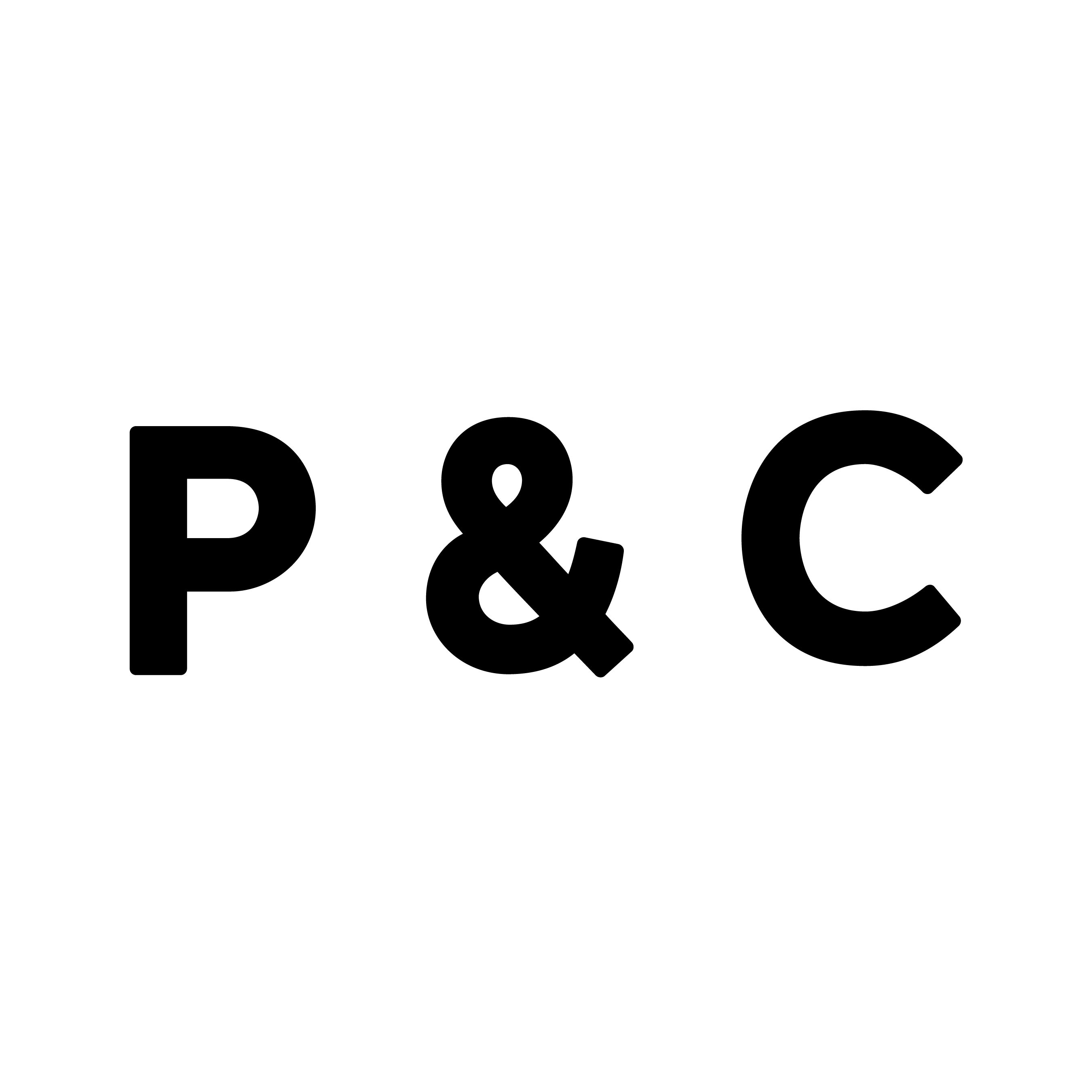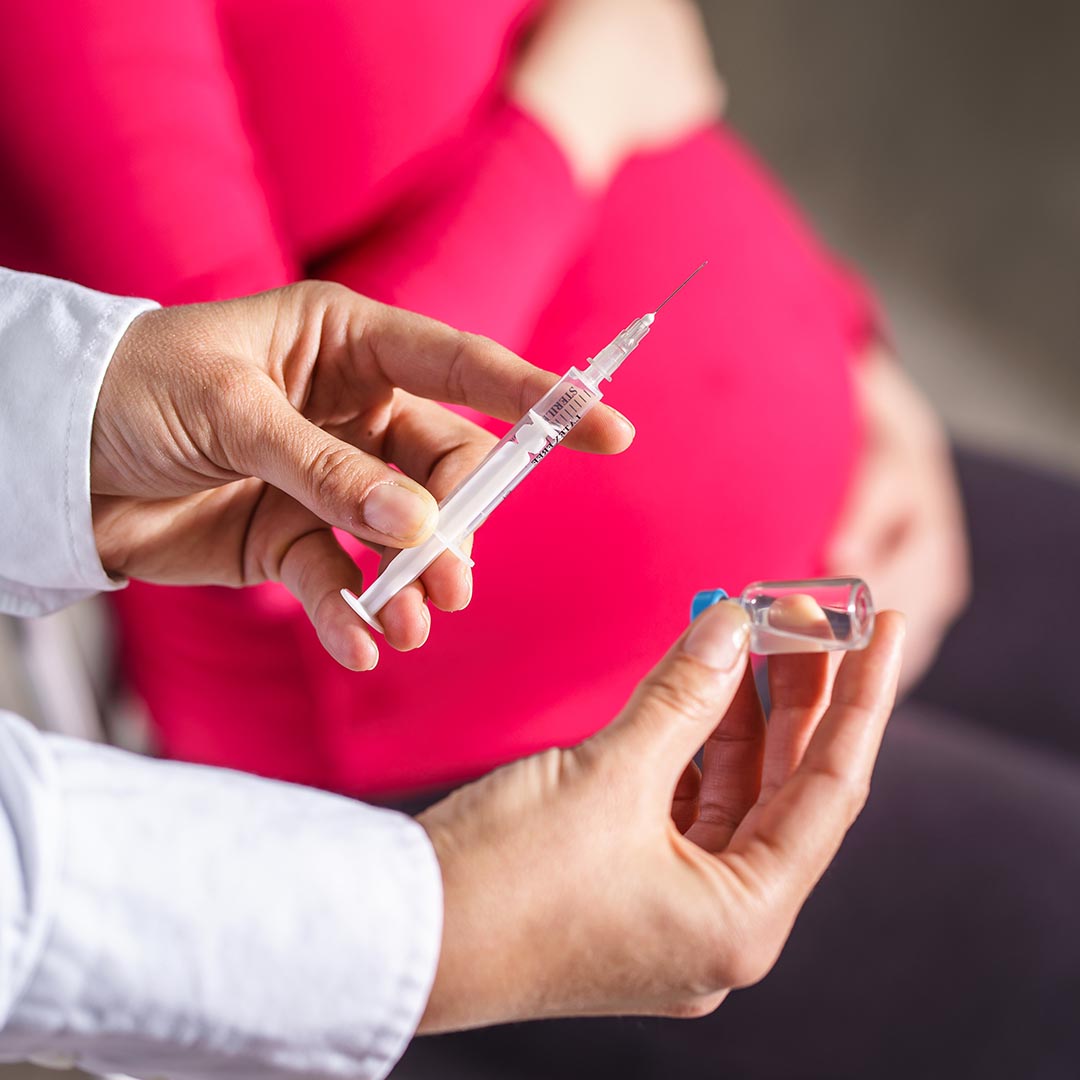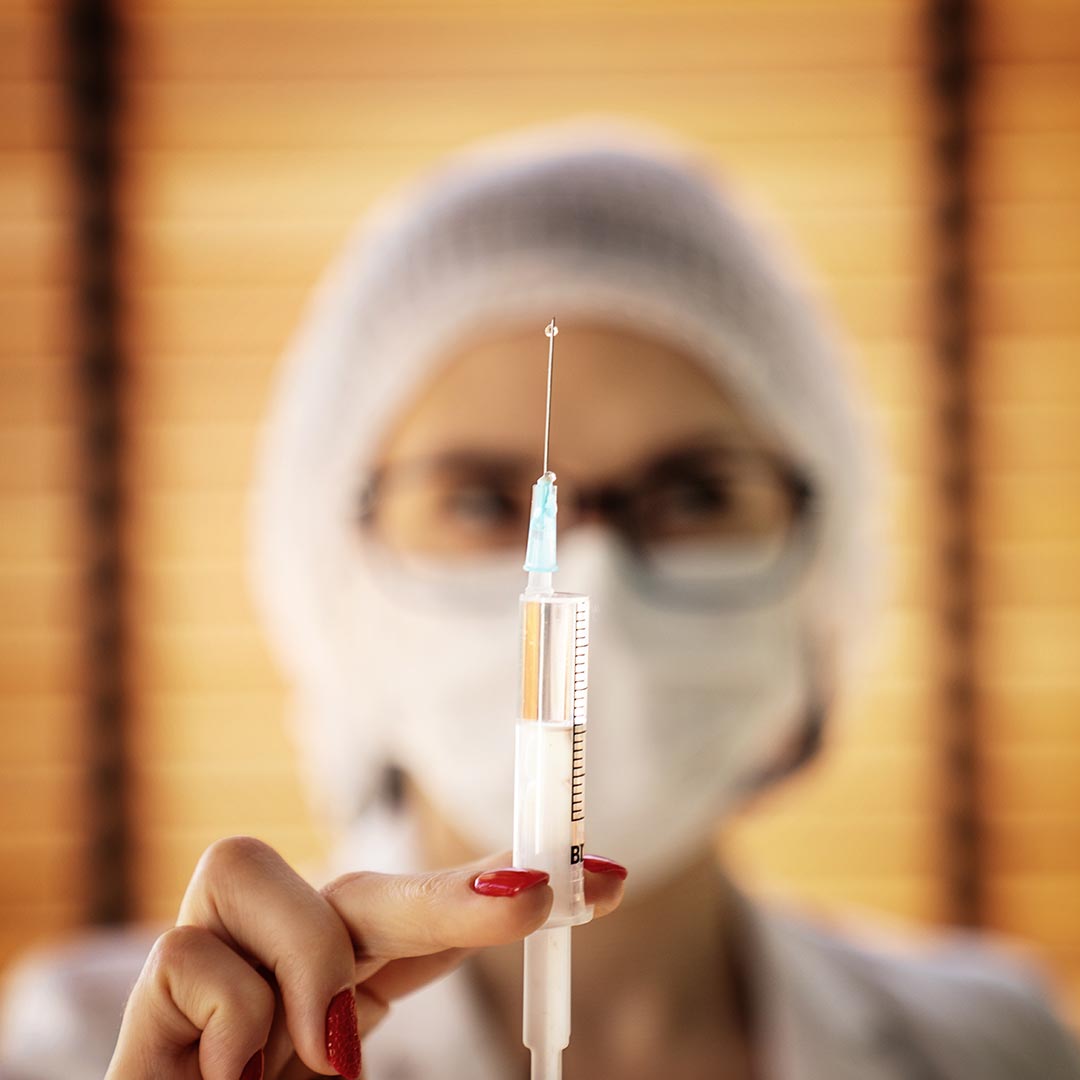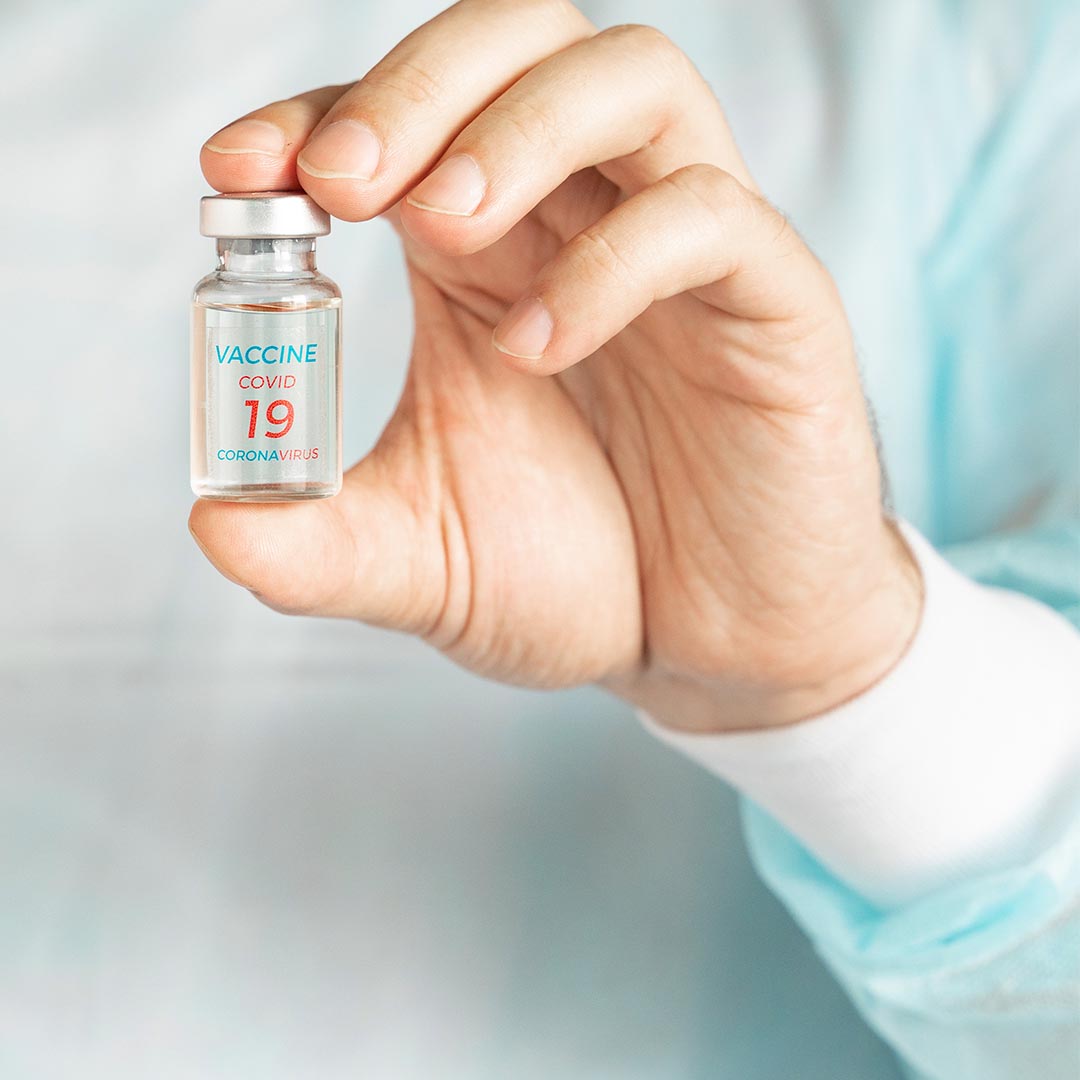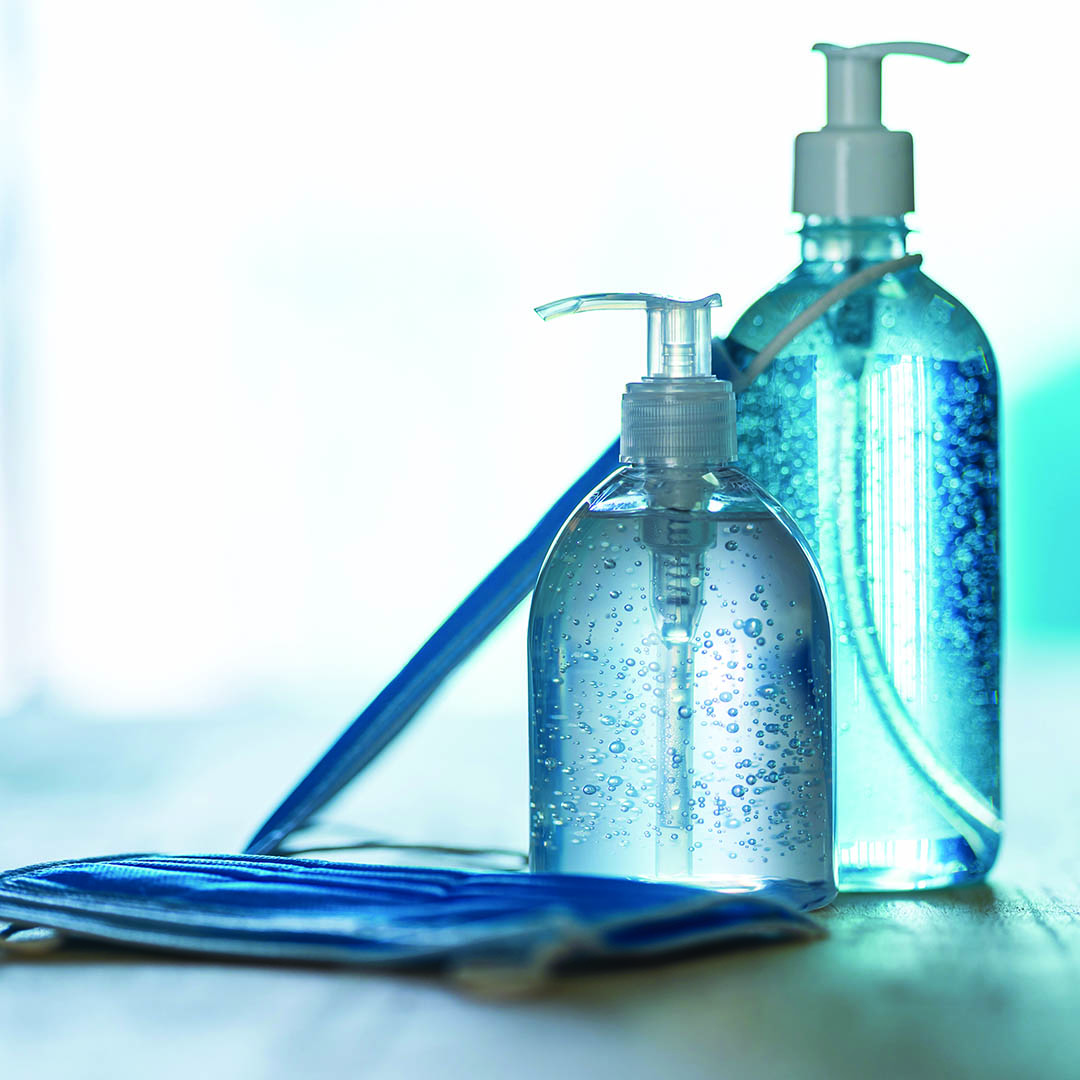
When to Use Soap vs. Hand Sanitizer
Hand hygiene has been a primary tool in keeping the public healthy during this pandemic. The Public Health Agency of Canada cites handwashing as a means to help reduce the spread of viral transmission across a variety of settings by up to 44 percent.1
Keeping your hands clean is one of the best ways to remove germs from your hands, but the overuse of soap and water can also lead to dry and damaged skin. It’s important to not only keep your skin clean, but also healthy.
So, when should you wash your hands and when should you sanitize them?
First a little science.
The skin on your hands play a major role in your overall health.2-4 It’s made up of skin cells and lipids.5,6 When your skin is healthy, these cells are well organized and work in harmony to keep moisture in and pathogens, irritants, allergens, and pollutants out. When your skin becomes damaged, the lipids are disrupted and sometimes washed away, leaving biochemical and physical gaps where moisture escapes and bad actors can enter.7-10
Early warning signs of skin damage:
- Dryness
- Tightness
- Flaking or itching of the knuckles, back of hands and between fingers
Advanced signs of skin damage:
- Damage that involves the palms of the hands
- Redness
- Swelling
- Blistering
- Bleeding
- Cracking (especially around fingernails)
- Difficulty making a fist (extreme tightness)
What can you do to protect your skin?
If you find yourself with the warning signs of skin damage, take control of your skin.
Keep your skin hydrated with moisturizers that are well-formulated and from brands you trust. Keeping your hands moisturized will increase the natural lipids and moisturizing factors already present in your skin, boost skin cell turnover, and relieve dryness. The ideal times to use skin lotion is right before bed, at the beginning of your work shift or daily activities, and soon after washing your hands or exposing them to water (e.g. doing dishes or taking a shower).
When washing your hands, use cool or room-temperature water and dry your hands thoroughly. The temperature of the water does not appear to significantly affect bacteria removal; however, warmer water may cause more skin irritation. Water temperature as high as 100°F (38°C) and as low as 60°F (15°C) does not have a significant effect on the reduction of bacteria during hand washing.11
When to wash your hands
According to the Public Health Agency of Canada, always wash your hands if they are visibly soiled. It’s also important to use soap and water during these key moments: 12
- When they are visibly dirty
- Before preparing and immediately after handling food
- Before eating
- After using the toilet
- After contact with contaminated surfaces (e.g., garbage bins, cleaning cloths)
- After handling pets and domestic animals
- After wiping or blowing one’s nose, handling soiled tissues, or sneezing into one’s hands
- After contact with blood or body fluids (e.g., vomit, saliva)
- Before and after dressing wounds
- Before and after giving care or visiting someone who is ill or who is less able to fight off infections (e.g., someone with diabetes or cancer)
- Before preparing and taking medication
- Before inserting and removing contact lenses
When to use hand sanitizer
Hand sanitizer should be used when soap and water are not readily available. According to the Public Health Agency of Canada, you should use an alcohol-based hand sanitizer that contains at least 60% alcohol.12 Consider using hand sanitizer during these key moments:
- After visiting your local grocery store
- Before and after visiting a public place
- After pumping gas
- After touching handrails (or other surfaces commonly touched by others)
Carrying hand sanitizer with you when visiting a public place is important, although, many public places are beginning to offer hand hygiene solutions. The World Health Organization recommends that public and private buildings offer one or several sanitizing stations to use before entering and when leaving, to ensure everyone is practicing hand hygiene.13
When applying hand sanitizer, remember to use enough to thoroughly wet your hands, rub briskly until dry – and don’t forget your fingertips, thumbs, and in between your fingers. This should take around 15-20 seconds with a well-formulated product.
What causes the most damage?
Hand hygiene with quality products will not damage your skin, but many other factors can hurt your skin condition, such as cold temperatures, dry weather, and gloving. The overuse of soap and water can also lead to damaged skin. Washing too often washes lipids away faster than the natural recovery process of your body, causing dry or damaged skin.
Hand sanitizer is a leave-on product that doesn’t remove skin lipids, even with repeated use. A well-formulated product kills germ on your hands that may cause illness and evaporates quickly, while leaving moisturizers behind to nourish the skin.
For over 30 years – since we created the first PURELL® Hand Sanitizer in 1988 – we have carefully formulated and tested our proprietary hand sanitizers to kill the most common germs, be gentle on skin, have a great user experience, and be as safe as possible.
74 years ago GOJO developed the world’s first waterless hand cleaner. Over the years, GOJO has continued to innovate in the category, culminating in the release of PURELL® Brand HEALTHY SOAP™* with CLEAN RELEASE TECHNOLOGY™, a breakthrough soap technology which leaves hands cleaner while also maintaining your skin’s health.
So, which is better?
When keeping your hands clean, there is a role for both soap and water, and hand sanitizer. Evaluate the situation and decide based on whether your hands are visibly soiled, your skin condition, any time constraints, and your setting (e.g. if there is a sink nearby).
References
*Cleans & Moisturizes
Public Health Agency of Canada, Community-based measures to mitigate the spread of coronavirus disease (COVID-19) in Canada. Retrieved July 21, 2020, https://www.canada.ca/en/public-health/services/diseases/2019-novel-coronavirus-infection/health-professionals/public-health-measures-mitigate-covid-19.html#_Hand_hygiene_and
Matts, P.J. and Solechnick, N.D. “Predicting Visual Perception of Human Skin Surface Texture Using Multiple-Angle Reflectance Spectrophotometry.” (abstract) American Academy of Dermatology 58th Conference, 2000.
Matts, P.J. et al. “Visual Characteristics of Ageing Hand Skin in Northern Europe.” (abstract) American Academy of Dermatology 58th Conference, 2000.
Messaraa, C. et al. “Ageing profiles of Caucasian and Chinese cohorts – focus on hands skin.” International Journal of Cosmetic Science. 41, 79–88, 2019. https://doi.org/10.1111/ics.12514
Rawlings, A.V. “Molecular basis for stratum corneum maturation and Moisturization.” British Journal of Dermatology. 171(s3): 19-28, Sept. 2014. https://doi.org/10.1111/bjd.13303
Bosko, C. “Skin Barrier Insights: From Bricks and Mortar to Molecules and Microbes.” Journal of Drugs in Dermatology. 18(1s):s63-67, Jan. 2019. https://pubmed.ncbi.nlm.nih.gov/30681811/
Rawlings, A.V. et al. “Abnormalities in stratum corneum structure, lipid composition, and desmosome degradation in soap-induced winter xerosis.” Journal of the Society of Cosmetic Chemists. 45:203-220, July/Aug. 1994.
Vyumvuhore R. et al. “Lipid organization in xerosis: the key of the problem?” International Journal of Cosmetic Science. 40:549–554, 2018. https://doi.org/10.1111/ics.12496
Chiang, A. et al. “Percutaneous absorption in diseased skin: an overview.” Journal of Applied Toxicology. 32(8):537-563, Aug. 2012. https://doi.org/10.1002/jat.1773
Chamorey, Emmanuel, et al. A Prospective Multicenter Study Evaluating Skin Tolerance to Standard Hand Hygiene Techniques. American Journal of Infection Control. 39 (1): 6-13. Feb. 2011. https://pubmed.ncbi.nlm.nih.gov/20650547/
Jenson, Dane, et al. Quantifying the Effects of Water Temperature, Soap Volume, Lather Time, and Antimicrobial Soap as Variables in the Removal of Escherichia coli ATCC 11229 from Hands. Journal of Food Protection. 80 (6): 1022-1031, June 2017. https://meridian.allenpress.com/jfp/article/80/6/1022/200017/Quantifying-the-Effects-of-Water-Temperature-Soap
Retrieved on July 23, 2020 https://www.canada.ca/en/public-health/services/healthy-living/hand-hygiene.html
Retrieved on July 23, 2020 https://www.who.int/southeastasia/news/detail/04-05-2020-promote-hand-hygiene-to-save-lives-and-combat-covid-19
Related posts
COVID-19 Vaccination Recommendations for Special Populations
This document is not intended to take the place of medical advice, diagnosis or treatment. Where the
COVID-19 What you need to know before your COVID-19 vaccine appointment
This guidance provides basic information only. It is not intended to take the place of medical advic
COVID-19 Vaccine After Care Sheet
This guidance provides basic information only. It is not intended to take the place of medical advic
